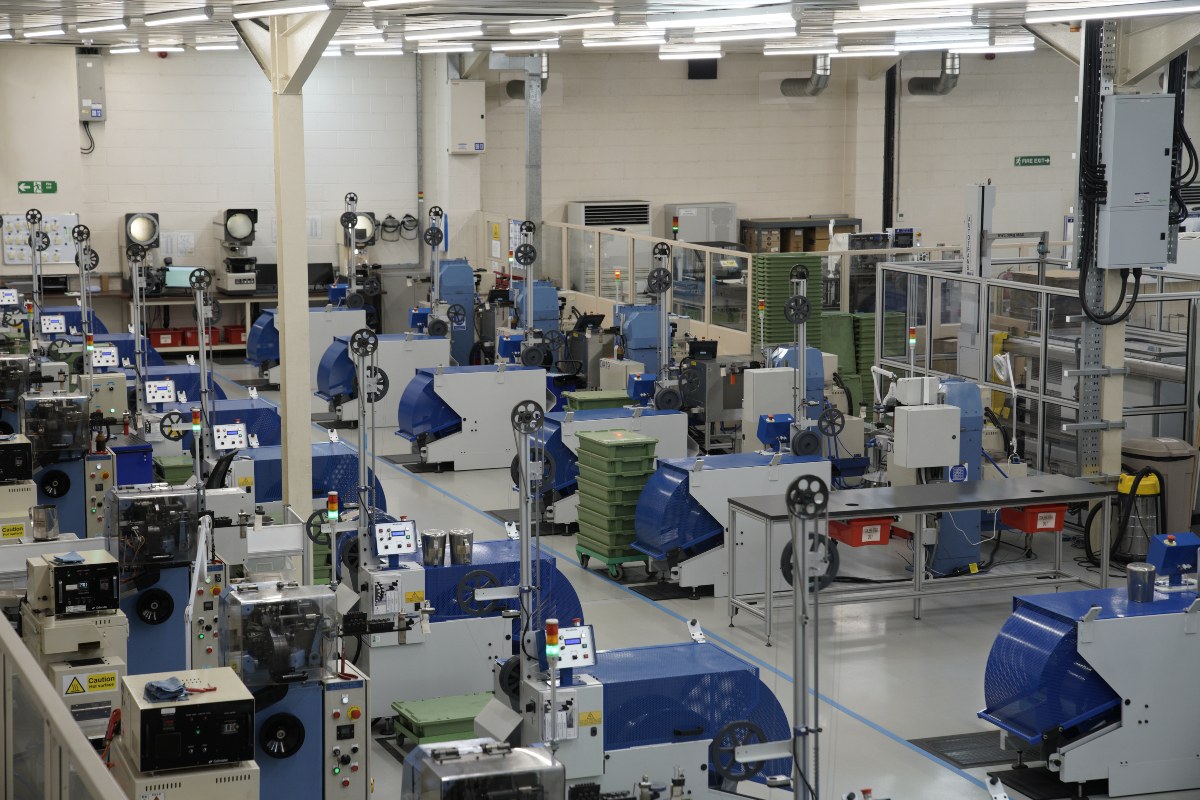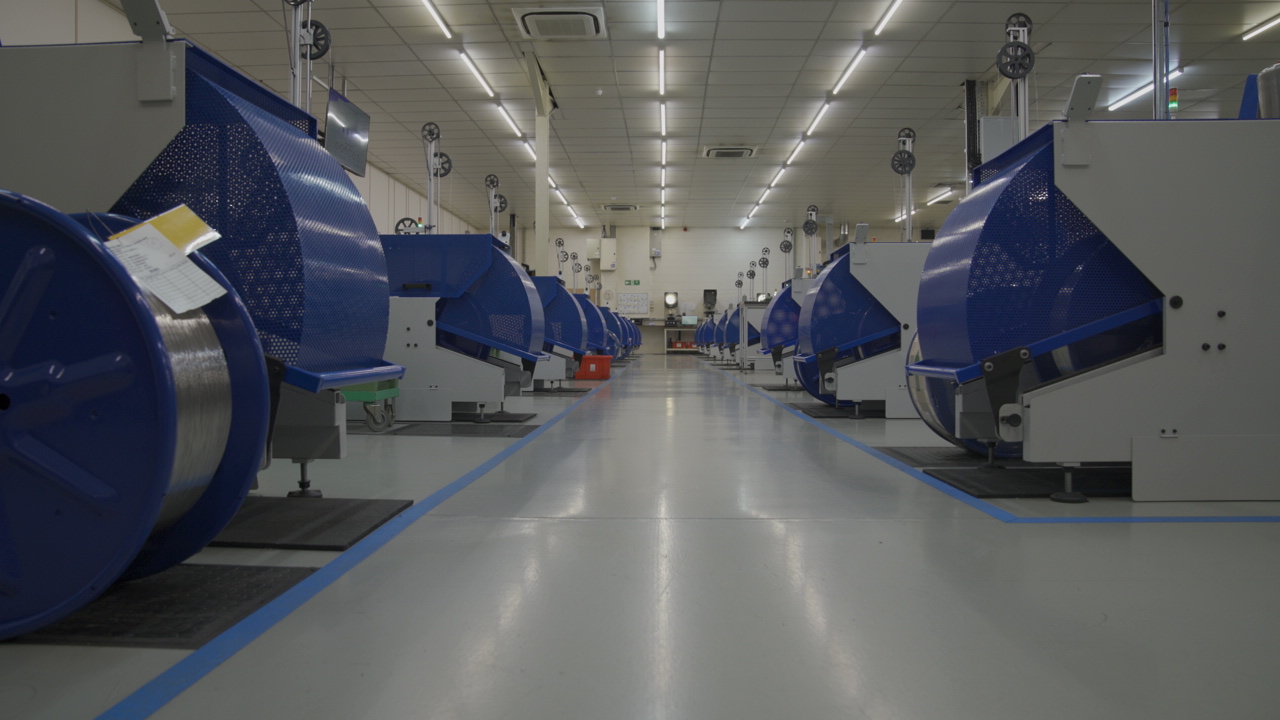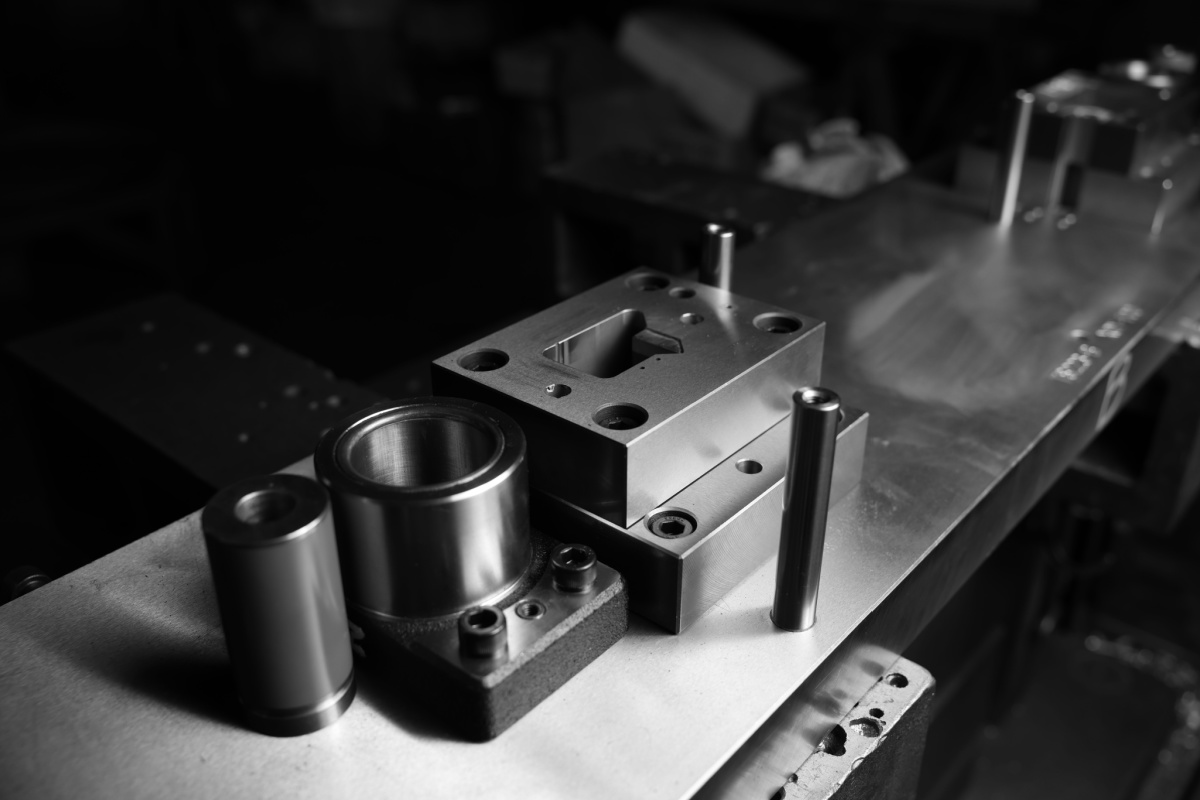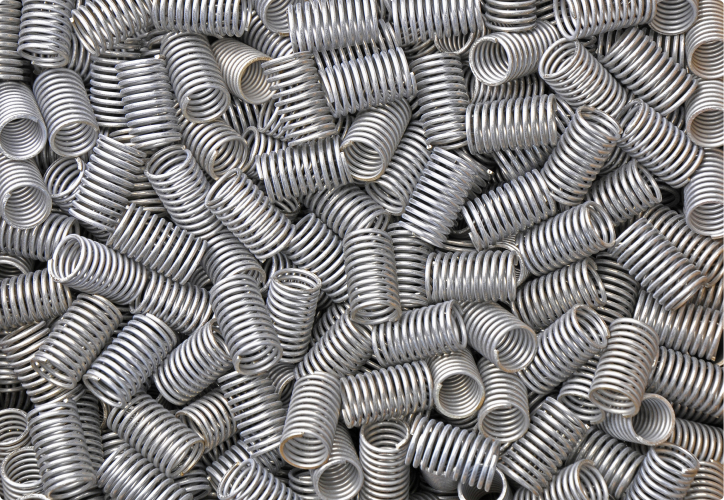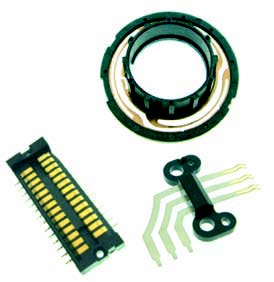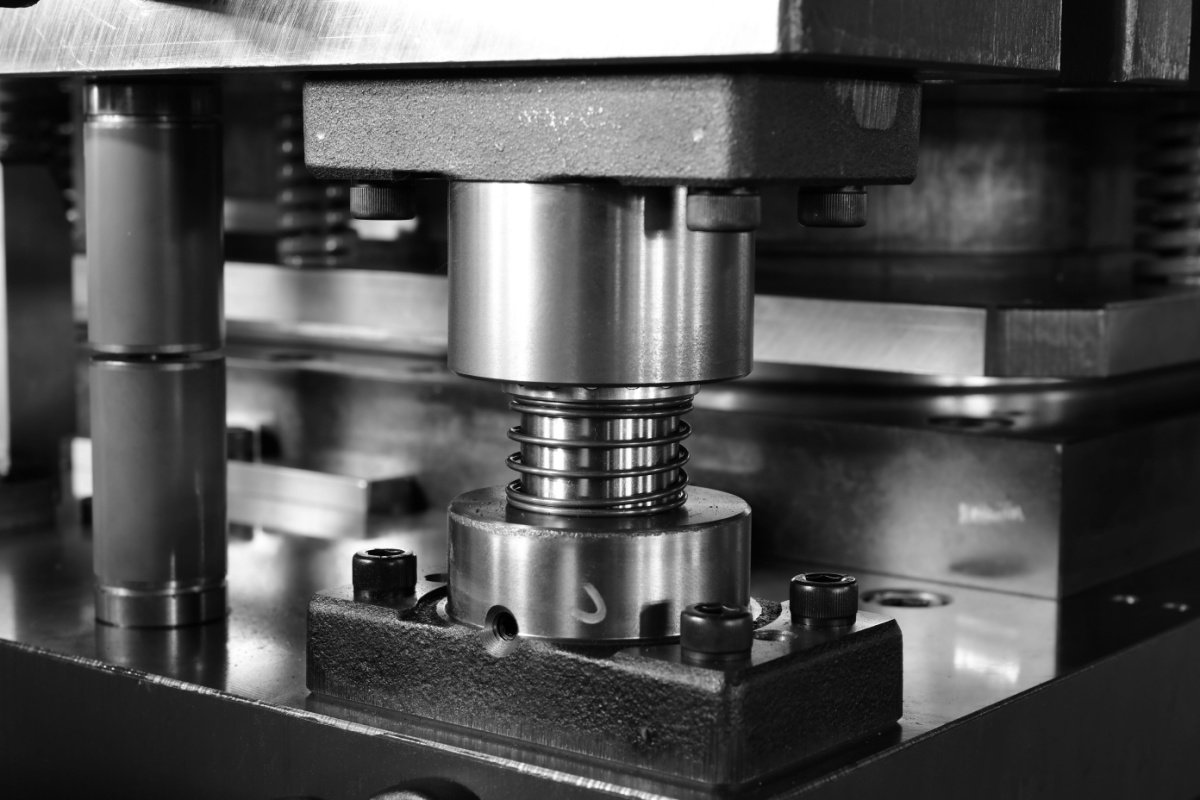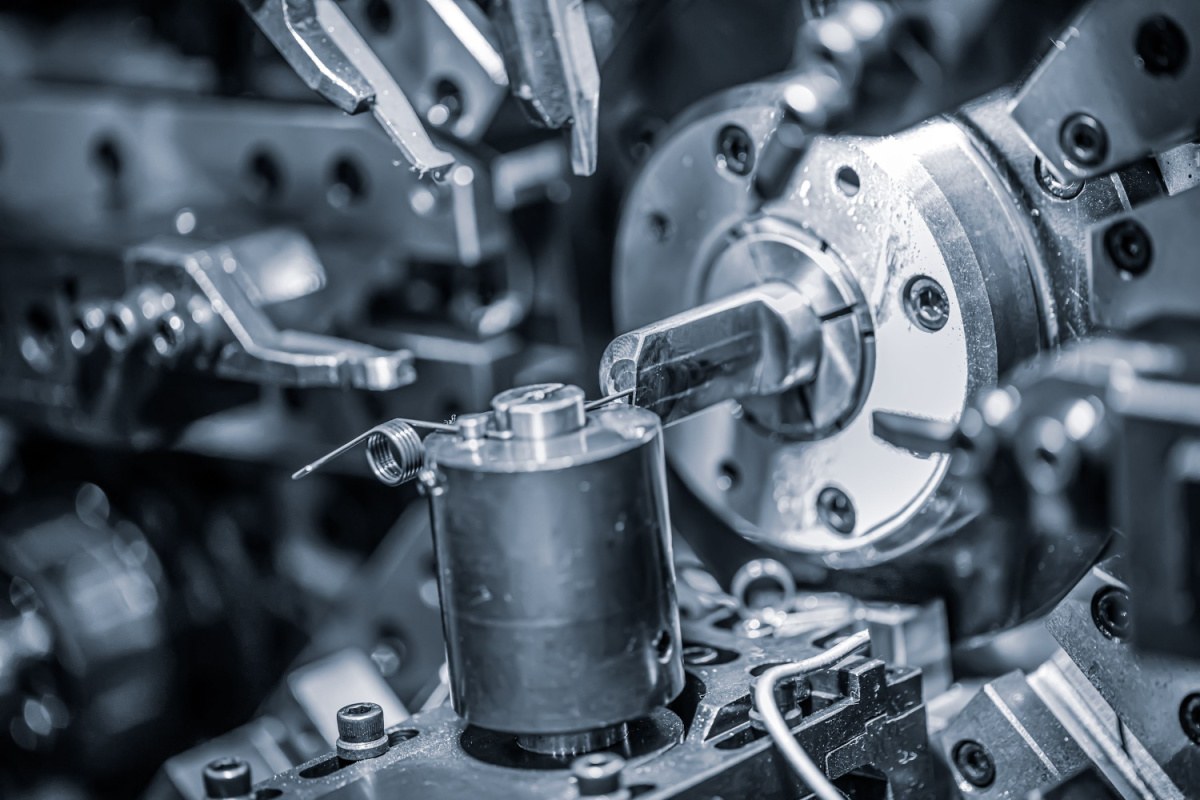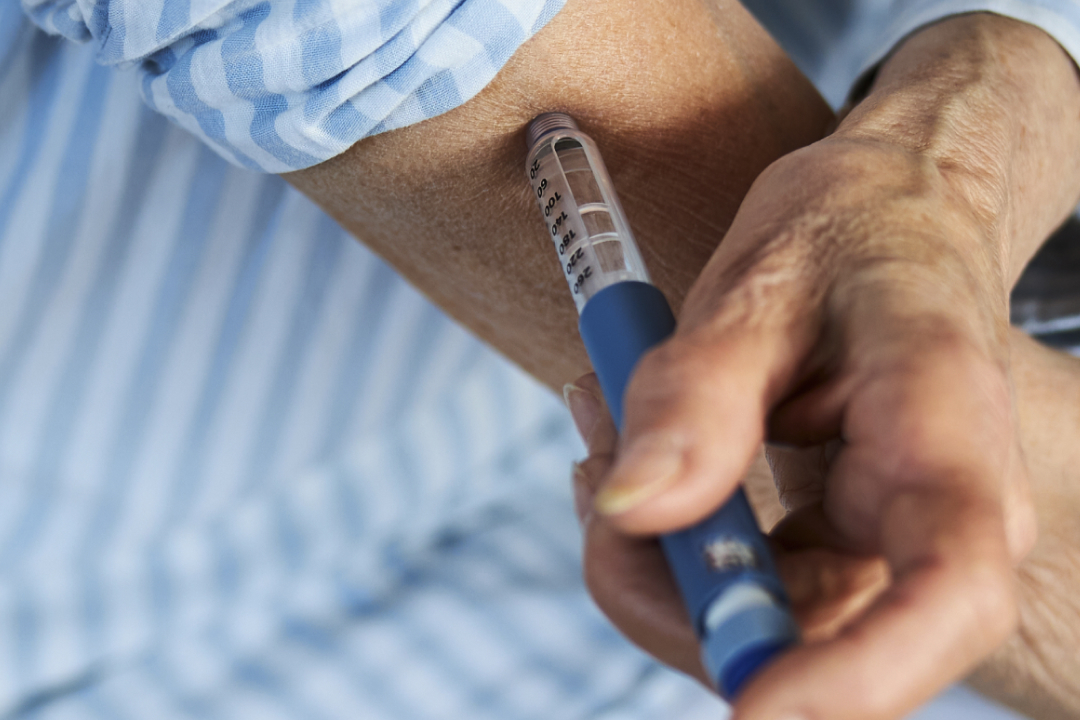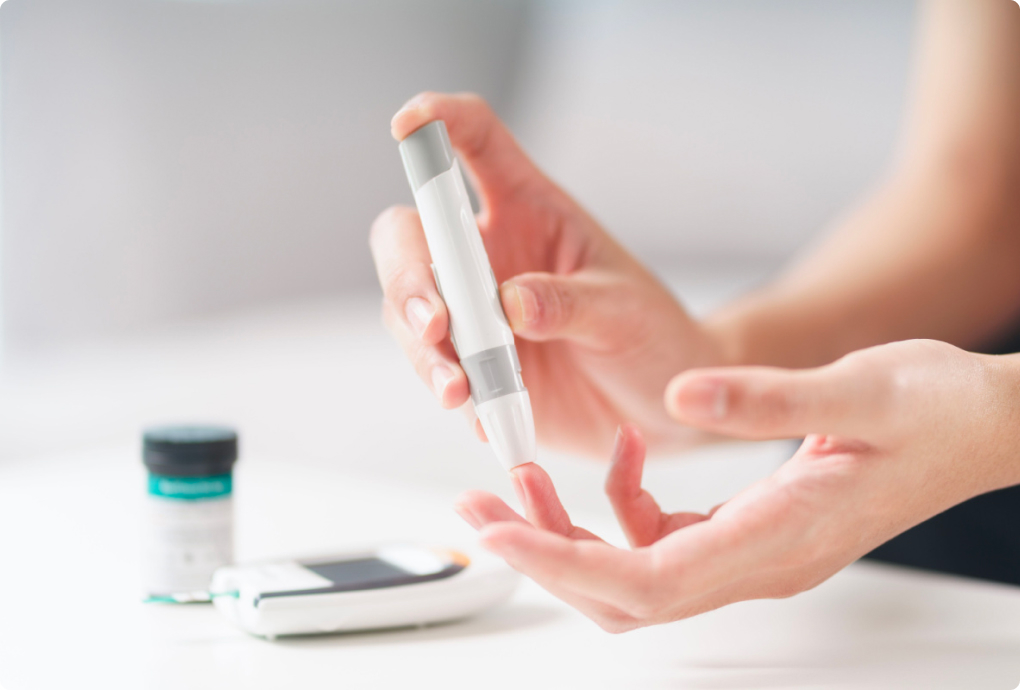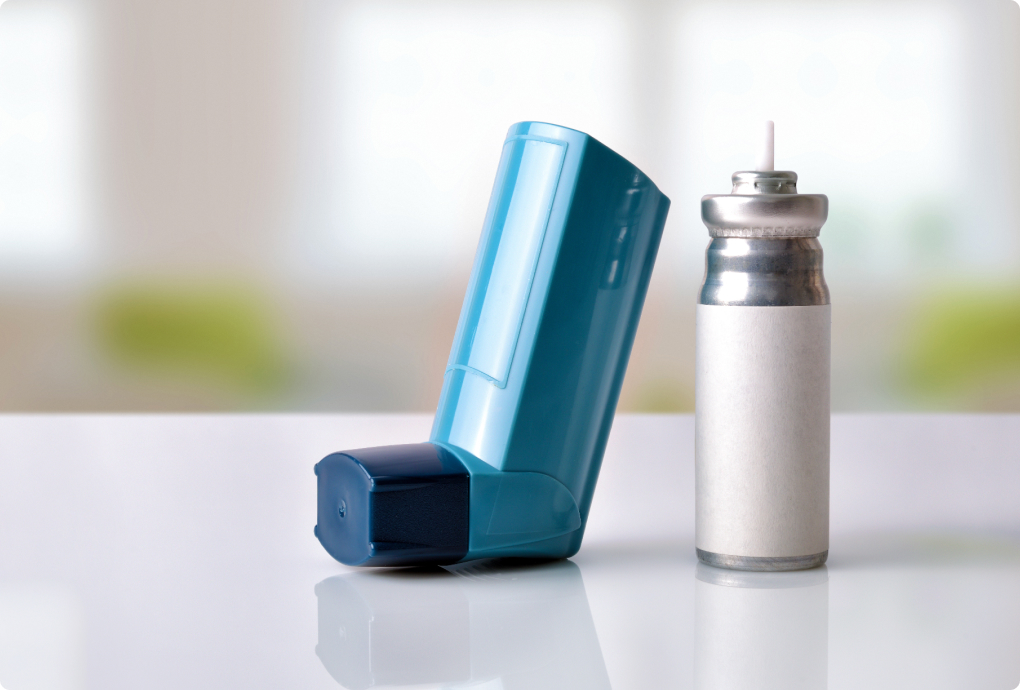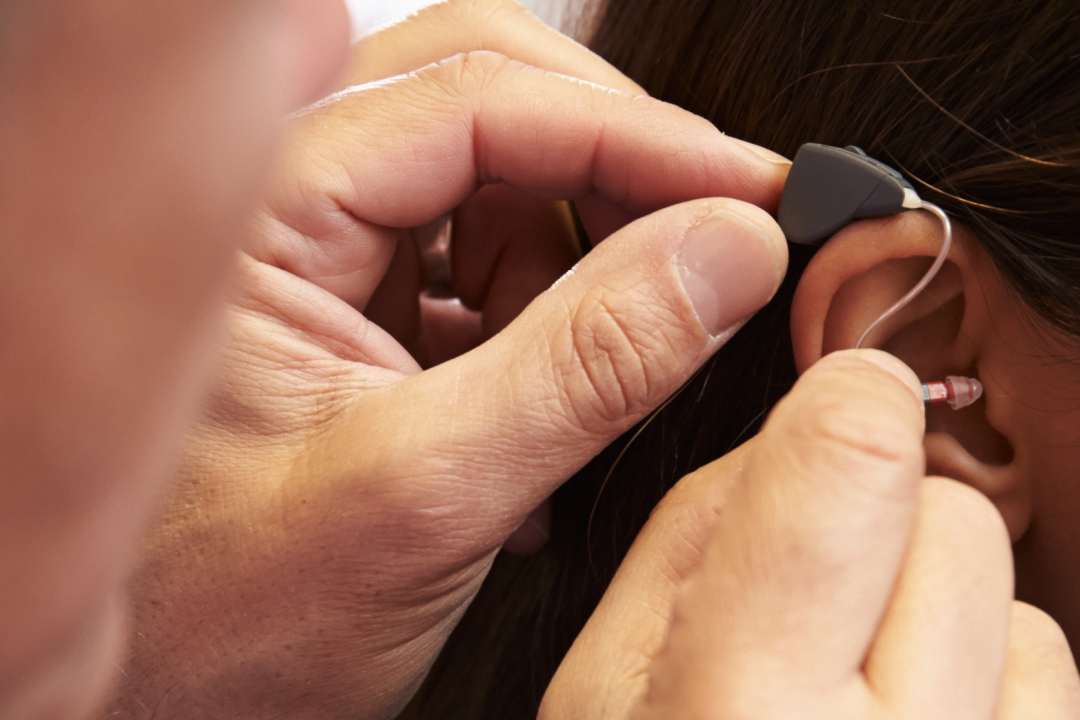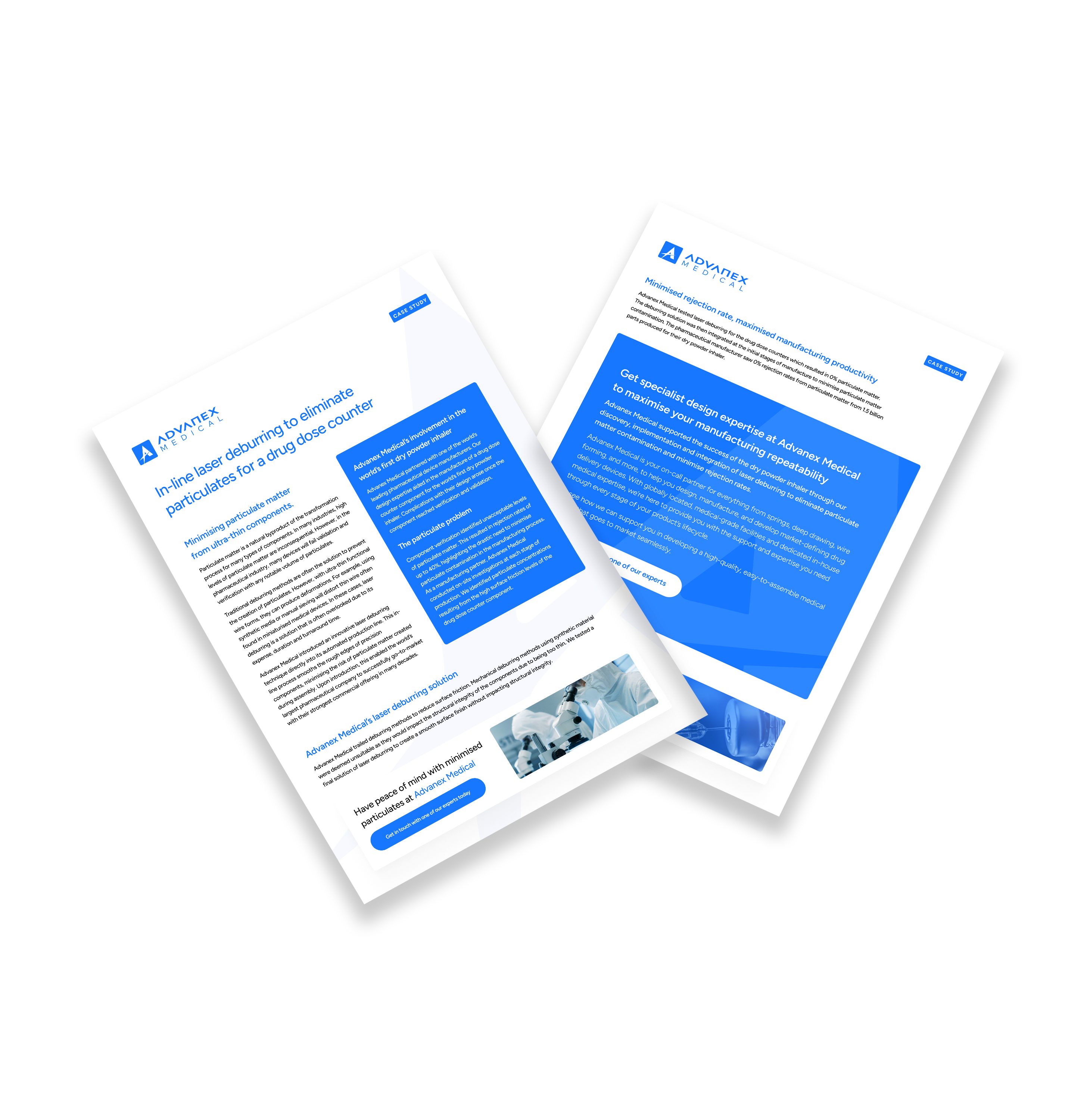Deep drawing is a pivotal medical manufacturing process that is essential for creating the intricate, high-strength and lightweight components required in certain modern medical devices. As medical technologies continue to miniaturise, the need for high-performance components that maintain their structural integrity becomes more critical. The limiting drawing ratio (LDR) is a key parameter in this process, defining the maximum extent to which a material can be deformed without failure.
Maintaining an optimal LDR ensures that the components meet the stringent reliability and durability standards necessary for medical applications. This article explores the significance of deep drawing and LDR in the medical industry, highlighting methods to ensure optimal LDR and enhance the overall manufacturing process.
What is deep drawing in relation to medical components?
Deep drawing is a manufacturing process where a sheet of metal is radially drawn into a cylindrical shape via the mechanical action of a punch. The term “deep” is associated when the depth of the drawn part exceeds its diameter. It is widely used to produce precise, high-strength and lightweight components essential for medical devices.
Deep drawing is particularly beneficial for creating intricate shapes and thin-walled structures, which are integral in the miniaturisation of medical technologies. Moreover, deep drawing is particularly cost-effective at high volumes where reduced processing cost significantly lowers piece-part cost.What is the importance of LDR?
The limiting drawing ratio (LDR) is a critical parameter in the deep drawing process, representing the maximum ratio a material can be punched without causing permanent deformation. In the context of medical components, maintaining an optimal LDR is vital to ensure the material's integrity and prevent defects such as cracking, wrinkling, tearing or excessive thinning. A precise control of LDR allows for the production of complex, high-strength components with thin walls, which are essential for the miniaturisation and reliability of modern medical devices.
By optimising the LDR, manufacturers can achieve complex shapes and dimensions while maintaining the necessary mechanical properties and biocompatibility required for medical applications. This meticulous approach ensures that the components can withstand the rigorous demands of medical environments, providing consistent performance and safety for patient use.
Deep drawing processes that help maintain optimal LDR
Transfer pressing process
The transfer pressing process involves "blanking off" at the first stage, followed by drawing with every single punch and die. An automated chucking actuator feeds the material through the stages. This method is characterised by its ability to handle individual components with precision at each stage of the drawing process, making it well-suited for maintaining optimal Limiting Drawing Ratio (LDR).
Strengths- Flexibility of shapes: This process can accommodate a wide variety of shapes, making it suitable for custom and complex designs which are often required in medical components. Its ability to handle diverse shapes helps in maintaining the optimal LDR by allowing precise control over the drawing process.
- Capable of making "super" deep drawn components: The transfer pressing process excels in producing components with significant depth, crucial for certain medical applications where deep cavities are necessary. This capability ensures that even at high LDRs, the material's integrity and shape are preserved. With this method, Advanex Medical have been able to create a probe pin with a length that is 40 times that of the outer diameter.
Weaknesses
- Slow PPM and long set-up time: The production speed is relatively slow, making it less suitable for high-volume manufacturing needs. While it maintains optimal LDR, this process is not as efficient in terms of production speed. Additionally, the setup process is time-consuming which can cause complications when making multiple different components
- Single cavity: Each cycle handles only one part, which can be a limiting factor for overall production efficiency. Despite its precision, the single cavity nature may slow down the overall manufacturing process.
- High technical skill required: The complexity of the setup and operation demands a high level of technical expertise, which can add to the cost and difficulty of the manufacturing process.
Progressive pressing process
The progressive pressing process requires a "carrier" to feed roll material through a series of dies. This method allows for continuous production, with each stage of the press performing a different operation on the part. This is beneficial for maintaining a consistent LDR across multiple parts as well as enhancing manufacturing repeatability.
Strengths
- Enhanced manufacturing efficiency: This process can produce multiple parts simultaneously, significantly increasing production efficiency and throughput. By producing multiple parts at once, the progressive pressing process ensures that the LDR is consistently maintained across a batch of components.
- Higher speed than transfer press: The progressive pressing process operates at a faster pace, making it ideal for high-volume manufacturing. Its higher speed ensures that optimal LDR is achieved more quickly and efficiently.
- Easy to set up & adjust: The setup and adjustments for this process are relatively straightforward, which allows for quick transitions between different production runs. This ease of setup aids in maintaining the desired LDR without extensive downtime.
Weaknesses
- Unable to produce "super" deep drawn parts: This process is not suitable for producing components with significant depth, limiting its ability to achieve very high LDRs. For applications requiring deep cavities, this process may not be the best option.
- Limited capability to make complex shapes: While efficient, the progressive pressing process has limitations in handling highly complex shapes, which may affect the ability to maintain optimal LDR for intricate designs.
Get all the guidance you need about deep drawing at Advanex Medical
Deep drawing and the limiting drawing ratio (LDR) are fundamental to the production of high-quality medical components. The transfer pressing process offers flexibility and the ability to create "super" deep drawn parts, albeit with slower production speeds and higher technical requirements. In contrast, the progressive pressing process provides higher efficiency and easier setup but is limited in depth and complexity of shapes.
Ensuring optimal LDR through these processes is critical for producing reliable, durable, and precise medical devices. Advanex Medical is an invaluable partner in this context, offering expertise and advanced manufacturing capabilities to meet the stringent demands of the medical industry. Our commitment to quality and innovation ensures that your components will perform flawlessly. To learn more about how we can support your next medical device project, get in touch with our experts today.

